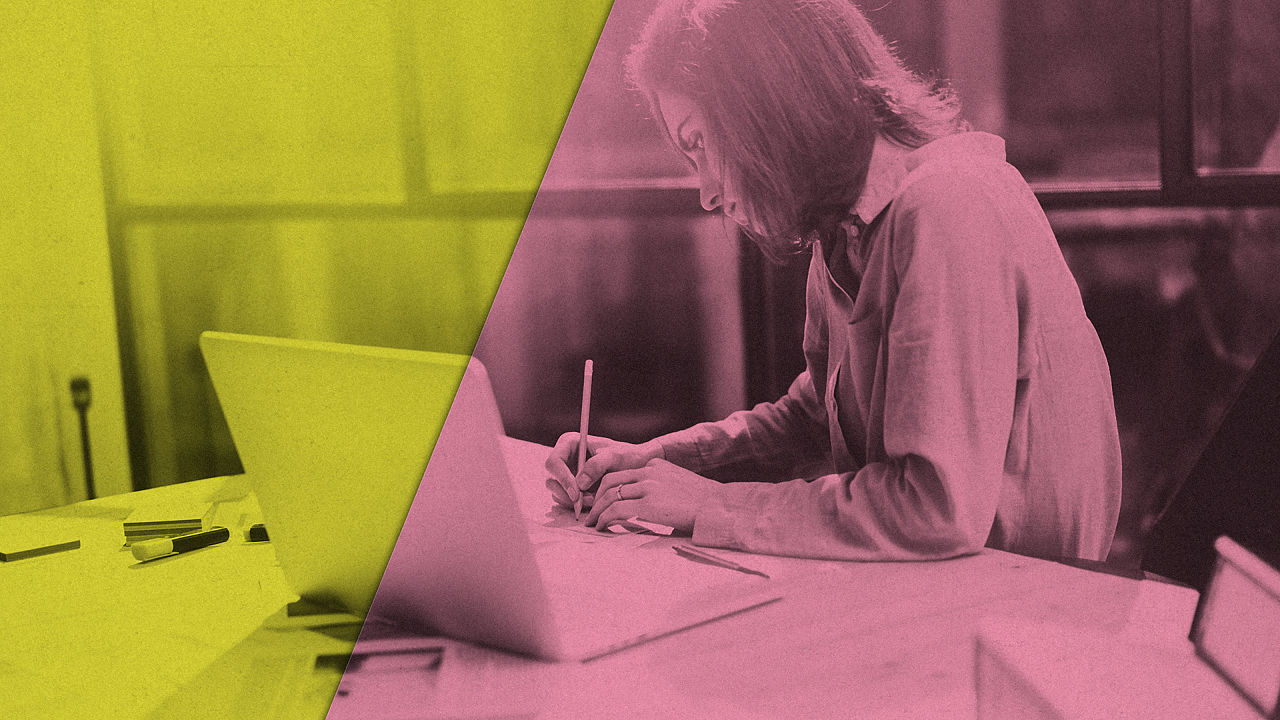6 Key Ways Design Thinkers Approach Problems
Design thinking is a popular strategy for solving thorny problems, both inside and outside the business world. Countless articles detail how to do it. This is not one of those posts. This is a look at how veterans of the process think: what goes on in their minds when they approach a problem, be it a new app or a service. These observations are based on my years of experience as a design management consultant. Master these, and you’re on your way to becoming an ace design thinker.

1. They think about solving problems.
Design thinkers strive to solve problems. And not just any problems—the right problems. This may sound painfully obvious, but you’d be surprised by how many people chase the wrong rabbit.
Say you are tasked with creating an app for online shopping, because your company wants to boost sales and thinks the answer is a new mobile app. But in doing research, you discover that your product installation process is totally confusing, so your products get bad reviews. You may not really need that new app yet—rather, you may need to fix the installation process first, then tackle the app.
Design thinking is, fundamentally, a strategic approach to problem solving. If the definition of design is solving a problem, then the definition of strategic design is solving the right problem. Design thinkers do both.
2. They think about users.
The essence of design thinking is neither the designer nor the product manager nor the engineer marketer. It’s the end user. Design thinkers treat users as partners and cocreators, and seek to understand, not to persuade. “Companies prosper when they tap into a power that every one of us already has—the ability to reach outside of ourselves and connect with other people.” Dev Patnik, CEO of Jump Associates, writes in Wired to Care.
3. They think about context.
If you’re focused on understanding users then “contextual inquiry” is your best tool. With contextual inquiry, you get out, walk a mile in your customers’ shoes, and experience what they experience firsthand. In doing so you discover unmet needs and surface pain points you’d otherwise miss.
Contextual inquiry also helps identify problems across an entire customer journey. Particularly for services, design thinkers explore the whole customer experience, exposing what users feel to be that experience’s high points and low points. Then it’s the designer’s job to fix the low points.

4. They think about front stage and backstage.
Design thinkers try to understand problems at the “front stage”—an experience’s top-level touch points—and at the “backstage”—the processes and systems that lie beneath. Since these problems are rarely isolated within a single company department, design thinkers have to consider how to engage a cross-disciplinary team.

5. They think about open innovation.
Design thinkers cast a wide net. They think about how to leverage the creativity of all people, inside and outside the company. Methods such as open innovation and design-led innovation are paramount to design thinking.
6. They think about the future.
Not content with the status quo, design thinkers relentlessly ask “What could be?” “We have a role much beyond making things,” says Eric Quint, chief design officer of 3M. “We think about the future and imagine what that could encompass. The job of design is to stretch—to be a stretch agent.”
Fast Company , Read Full Story
(29)



